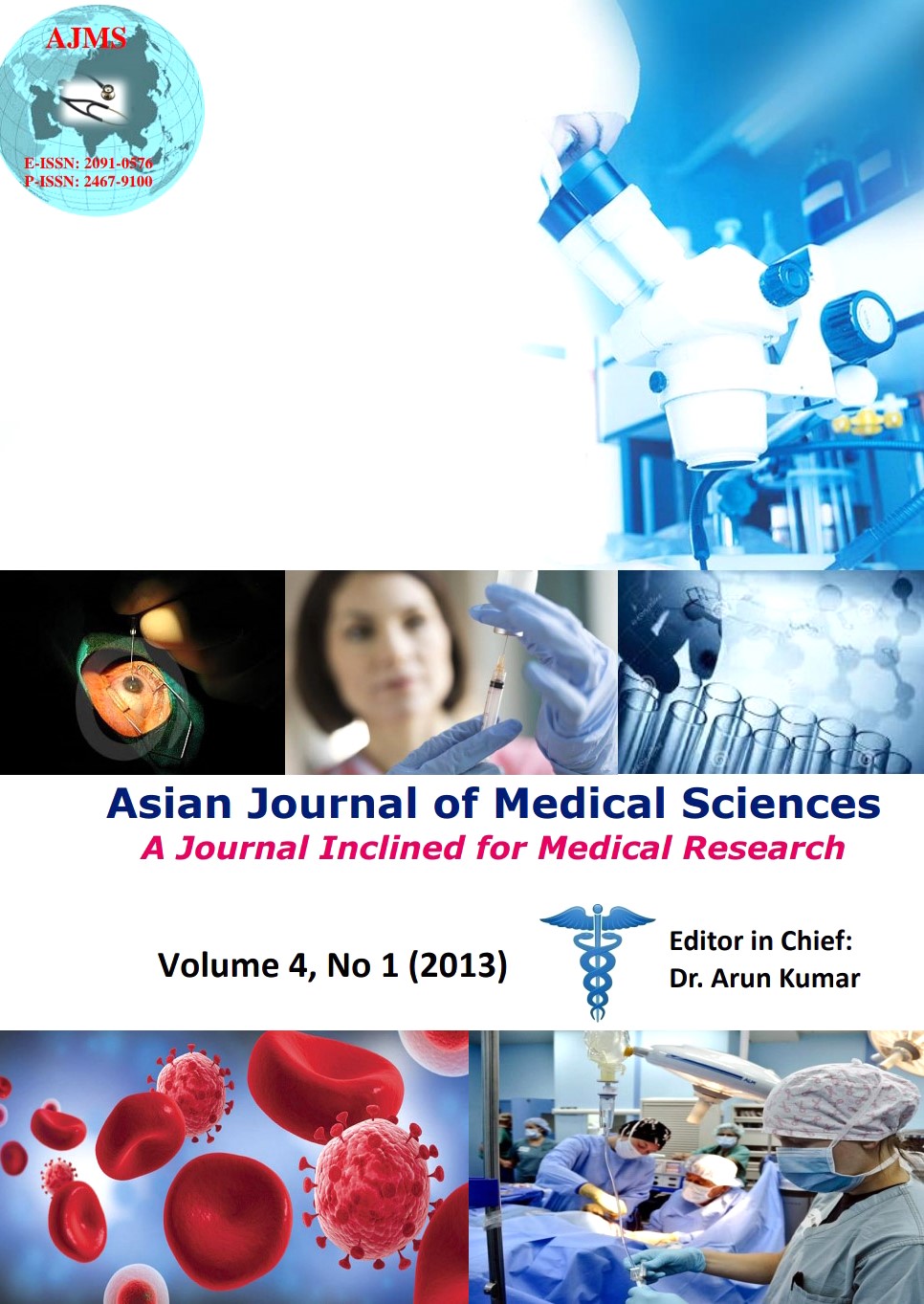Teratogenic Effect of Crude Ethanolic Root Bark and Leaf Extracts of Rauwolfia vomitoria (Apocynaceae) on the Liver of Albino Wistar Rat Fetuses
Keywords:
Root Bark Extract, Leaf Extract, Crude Ethanolic Extract, Rauwolfia vomitoria, fetal liverAbstract
Objectives: Rauwolfia vomitoria is a medicinal plant which is used locally for the treatment of a variety of disorders including snake and insect bites and stings, insomnia and insanity. This study was to investigate the teratogenic effect of the ethanolic root bark extract of R. vomitoria on the fetal liver.
Material and methods: Twenty-five virgin female Wistar rats weighing between 180 – 200g were used. The animals were divided into 5 groups, labeled A, B, C, D and E, each consisting of 5 rats. Group A rats were the control, while Groups B, C, D and E were the experimental. The female rats at proestrous were mated with sexually matured male rats. The day after was designated as day zero of pregnancy. Groups B and C animals received oral doses of 150mg/kg and 250mg/kg body weight of the root bark extract while groups D and E animals received 150mg/kg and 250mg/kg body weight of the leaf extract respectively from 7th to 11th day of gestation. On the 20th day of gestation, the rats were sacrificed and the fetuses examined for gross anomalies. Each liver was routinely processed using Haematoxylin and Eosin method.
Results: Histological observations of the fetal liver showed marked distortion of normal liver architecture in the treated groups when compared with the control, the effect being more pronounced in the groups that received the root bark extract.
Conclusions: Our result suggests that ethanolic root bark and leaf extracts of Rauwolfia vomitoria maybe hepatotoxic to the developing rats liver.
DOI: http://dx.doi.org/10.3126/ajms.v4i1.6848
Asian Journal of Medical Sciences 4(2013) 30-34
Downloads
Downloads
Published
How to Cite
Issue
Section
License
Authors who publish with this journal agree to the following terms:
- The journal holds copyright and publishes the work under a Creative Commons CC-BY-NC license that permits use, distribution and reprduction in any medium, provided the original work is properly cited and is not used for commercial purposes. The journal should be recognised as the original publisher of this work.
- Authors are able to enter into separate, additional contractual arrangements for the non-exclusive distribution of the journal's published version of the work (e.g., post it to an institutional repository or publish it in a book), with an acknowledgement of its initial publication in this journal.
- Authors are permitted and encouraged to post their work online (e.g., in institutional repositories or on their website) prior to and during the submission process, as it can lead to productive exchanges, as well as earlier and greater citation of published work (See The Effect of Open Access).




